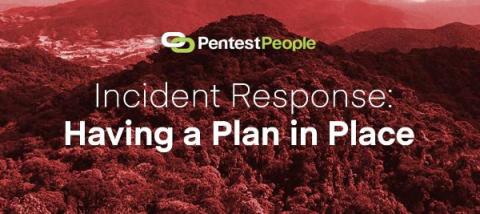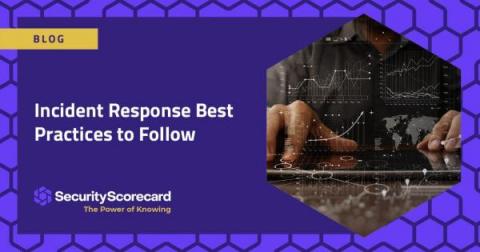Incident Response: Having a Plan in Place For Your Business
A cyber attack can happen to businesses of any size or structure. In order to protect your data and your systems, it is important to have a plan in place. This means having protocols in place for dealing with a cyber threat, and making sure all of your employees are aware of the plan and know what to do if an attack occurs. In this blog post, we will discuss the importance of incident response planning and how you can secure a structure that is right for your business.











